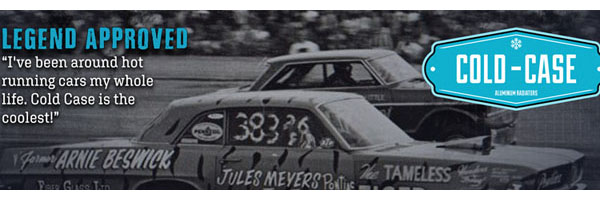Quote:
|
Originally Posted by scotzz
Does that mean that to use a "T" fitting from an overhead pipe when plumming a vertical drop instead of a 90 degree elbow? If so, why?
|
Scotzz,
Since we got the same compressor, I figured I'd share my setup with you.
Given the fact that I don't have a big, costly compressor, quite a bit of the last several posts detailing elaborate moisture filtering were kind of lost on me. I'm glad that people posted their know-how (because it will help future members doing searches on air compressor tips), but running 100' of copper pipe doesn't seem to be a feasible option for guys using a sub-$150 compressor for obvious reasons.
Here's what I did:
I bought an inline air filter/regulator (single unit), and - having learned from the expertise and experience of contributors to this thread - I did NOT attach the unit immediately to the compressor, but bought a short hose (about 3' long) and connected it to that hose (with that short hose connected to the compressor air line). Then I simply plug my line onto the other side of the air filter/regulator via quick connections.
I bought two hoses: a 50' hose and a 15' hose. The 50 footer is just more cumbersome than I figured I'd often need.
As per what I learned on this thread, I did not purchase an oiler unit, but will oil my tools individually before each use.
If I wanted to paint, I would use an in-line filter/drier. I would NOT get the moisture removal capability of the elaborate setups detailed on this thread, but I don't see myself doing that level of painting. If I did, I would have gone for the big-mamma compressor and gone to town.










 Linear Mode
Linear Mode



